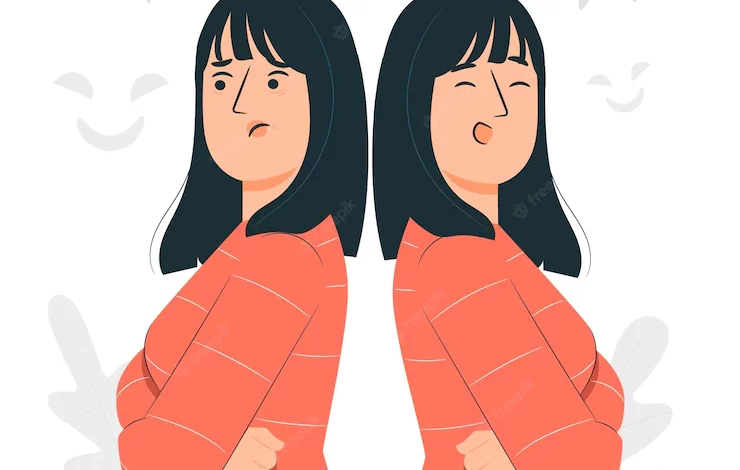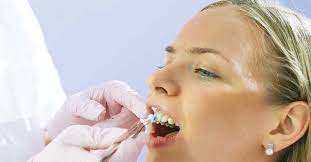Bipolar Disorder: Everything You Need to Know

One of the most common mental health disorders is bipolar disorder. It lies in-between mood and psychotic disorders as it has mixed symptoms. Due to this reason, diagnosing bipolar disorder is harder than others.
According to the National Institute of Mental Health, around 5.7 million people in the US are diagnosed with bipolar disorder every year. It is also said that the disorder is more common among men than women and it mostly hits people 18 years or older in age.
Now let’s have a look at its symptoms, treatment options, and risk factors so that you have all the tiny bitsy details there are to know:
Symptoms of Bipolar Disorder
Bipolar disorder manifests in three different episodes. One is mania, the other is hypomania, and the third is a major depressive episode. The symptoms of the disorder vary as per the episode. However, the following are a few common ones:
- Abnormally upbeat and jumpy behavior
- Increased talkativeness
- Decreased need for sleep or sleeping too much
- Social withdrawal and hallucinations
- Persistent mood issues and irritation
- An exaggerated sense of self or euphoria
- Thoughts about suicide or death
Treatment Options for Bipolar Disorder
The treatment of bipolar disorder also depends on the episode one is going through. Of course, it’s different for someone having a manic episode compared to those with hypomania or a major depressive episode. Here I’m listing all the possible treatment options that are recommended:
- Antipsychotics and mood stabilizers for people with mania or hypomania
- Antidepressants and benzodiazepines for people with a major depressive episode
- Muscle relaxants are often prescribed in case of recurrent somatic body aches
- Medicinal herbs, such as purple sunset and passionflower can also help if someone doesn’t want to take antidepressants
- Regular exercise is mandatory to lower your stress levels and regulate your sleep
- Muscle relaxation exercises are also recommended to naturally improve your sleep cycle
- Cognitive-behavioral therapy (CBT) is usually prescribed once you’re on your way towards recovery
- Electroconvulsive-shock treatment (ECT) is usually considered as the last resort if nothing else works
Risk Factors of Bipolar Disorder
The exact cause of the bipolar disorder is still unknown as nobody really knows what triggers its symptoms. However, there are many things that can put you at risk of developing bipolar disorder. They include:
- Age as it’s a common geriatric mental health disorder
- Gender as its prevalence is higher in males
- Having a first-grade relative with a mental health illness
- Direct or indirect exposure to a traumatic incident
- Having a history of drug or alcohol abuse
- Unstable mood with frequent ups and downs
The Final Word…
Like all other mental health disorders, bipolar disorder also has its highs and lows. It may be severe but it’s entirely curable, so you shouldn’t worry about it. Just be sure to consult a mental health expert immediately if you notice any of the symptoms mentioned above in the list. I hope it helps you out. Have a good day ahead, guys!



